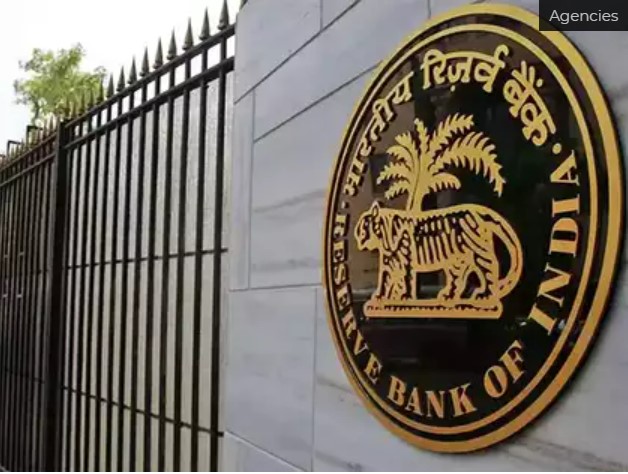In this millennium, central banks across the world have adopted inflation targeting, sometimes to the exclusion of other concerns like economic growth or employment. Some monetarists hold that central banks should target only one parameter – inflation – since simultaneously targeting other goals leads to internal contradictions and fuzziness.
Across the world, distinguished financial writers watch and assess every twitch and twist of central bankers. Having covered India’s economy for 55 years, I am sceptical of RBI‘s ability to control prices. Its tools and powers are too limited. Western central banks have more power. But even they fail so often that, when they succeed, one can ask whether they were wise or lucky.
In this millennium, central banks across the world have adopted inflation targeting, sometimes to the exclusion of other concerns like economic growth or employment. Some monetarists hold that central banks should target only one parameter – inflation – since simultaneously targeting other goals leads to internal contradictions and fuzziness.
RBI’s inflation target is 4% +/-2%, meaning a band of 2-6%. That is such a wide range that to call staying within it ‘inflation control’ is a bit of a joke. The US Fed has an inflation target of 2% with no cushion. So even 1% or 3% is viewed as a problem.
In the last decade, for long periods, the Fed worried about deflation rather than inflation, and tried in vain to get inflation up from 1% to 2%. Theories bloomed about a new era in which massive fiscal and monetary stimuli would not cause inflation. But just as that theory began to gain ground, Covid and Ukraine struck, and inflation skyrocketed. The Fed initially dismissed this as a temporary spike, but had to eat crow when inflation crossed 8%, four times the target. It then raised interest rates steeply and repeatedly, but inflation remains around 6%.
No monetary theory adequately explains all the changes in recent decades. Brendan Greeley of the Financial Times has castigated attempts by the Fed and other central banks to explain away their failures citing ‘long and variable lags’. Monetary measures can take 12-18 months for full impact. And, in such a long period, so many other factors change that nobody can accurately estimate the contribution of monetary measures. Greeley says that the phrase ‘long and variable lags’ is a technical-sounding way of saying ‘we don’t know and we don’t know when we will know’.
RBI can claim more success than the Fed, having mostly stayed within its target range since inflation targeting began in 2016. This relative success has, however, been made easier by having a wide target range of 2-6%.
Measuring inflation is more complicated that non-experts might think. The consumer price index (CPI), targeted by RBI, is a flawed inflation measure. While CPI has been tolerable in the last few years, wholesale prices have risen by over 10%. The most comprehensive inflation measure, the GDP deflator, has been close to 10% for a long time. That is much too high for RBI to claim success, even if it is not the targeted measure.
A major task of central banks is to manage inflationary expectations. If consumers expect high inflation, they will not exercise price resistance when producers seek to raise prices. So, inflationary expectations become self-fulfilling. High expectations fuelled inflation in the 1970s across the world, and was crushed in the US only by sky-high interest rates and a deep recession engineered by the US Fed under Paul Volcker. This eventually moderated expectations and tamed prices.
In India, household expectations of inflation (tracked by RBI surveys) crossed 10% for extended periods in recent years. No wonder the GDP deflator has also been close to 10%: consumer expectations have, indeed, been self-fulfilling. This suggests that RBI should be targeting the GDP deflator, not consumer prices.
RBI says household expectations across the globe are higher than actual inflation, so India is not exceptional. RBI separately measures inflationary expectations of financial experts. These are much closer to actual CPI inflation. But for managing expectations, what matters is the expectations of consumers, not a financial elite. That, alas, is more than double the targeted 4%.
My conclusion is not that RBI has failed to check inflation. Rather, events show that the entire theoretical basis of inflation targeting is dubious. Central banks have limited tools, whose impact suffers from long, variable lags. Nobody knows if central banks have the right tools, and how well these work. Often, tight money seems to affect GDP growth more than inflation.
Blunt monetary measures can cause severe collateral damage to growth and employment. The theory of inflation targeting is that central banks should have a single objective, inflation control, and not multiple objectives that lead to fuzziness. However, the link between monetary measures and inflation is fuzzy anyway. So, we have to live with fuzziness regardless. A single-minded focus by central banks on inflation would be bad policy.
RBI is not an inflation hawk. Rightly, it has not raised interest rates as steeply as in the West. India’s GDP growth slowed to just 4.4% in the October-December quarter, down from 6.6% the previous quarter. The main focus right now should be spurring growth rather than just inflation control. Central banks are still raising interest rates in Europe and the US. India need not follow suit.
This article was originally published by The Economic Times on March 22, 2023


